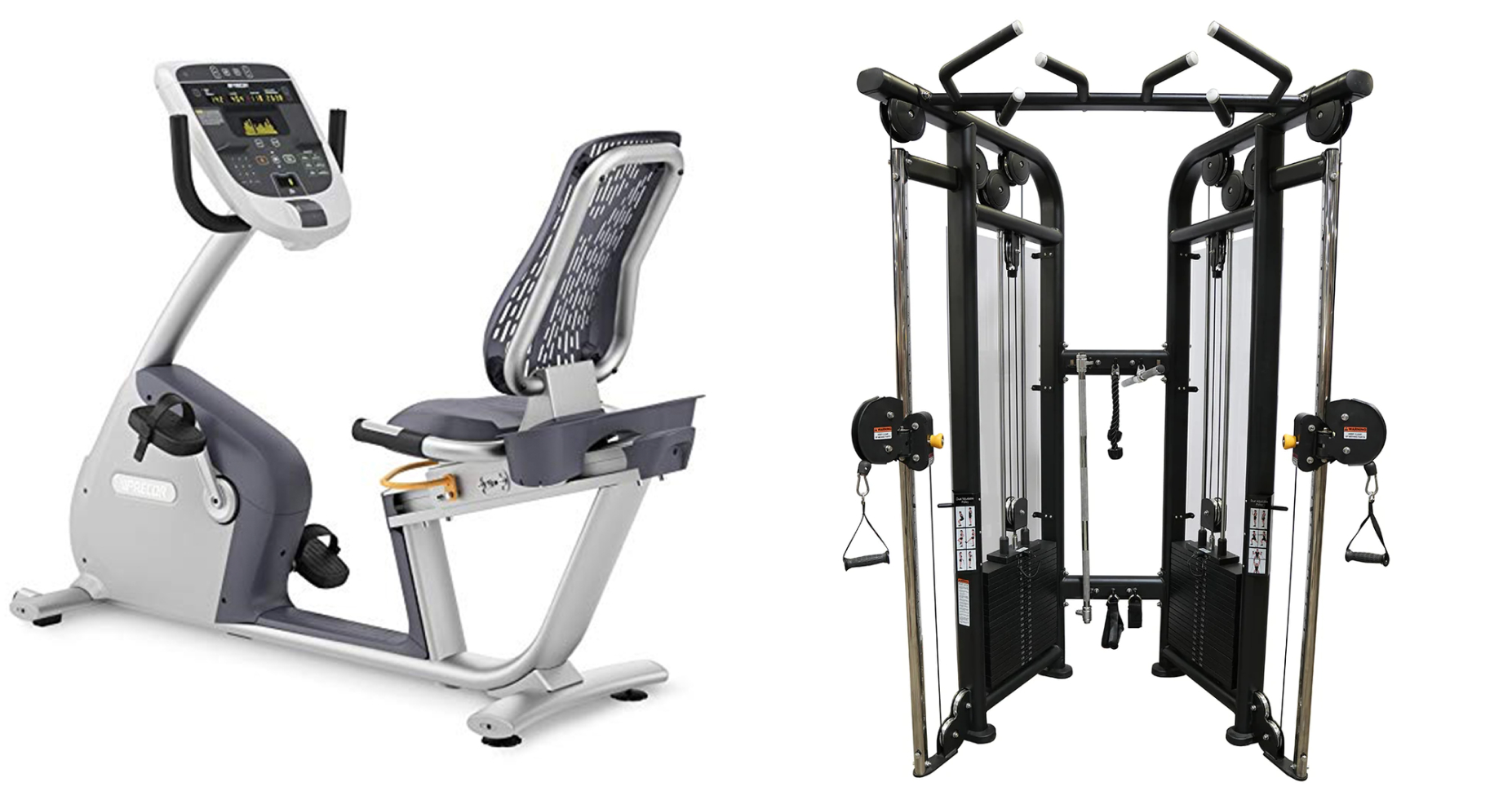Launching or expanding a fitness facility comes with a wide range of decisions, but few carry as much long-term weight as whether you buy or rent your gym equipment. This choice can impact your cash flow, flexibility, maintenance responsibilities, and ability to scale—making it crucial to get right from the start.
Whether you’re opening a boutique studio, managing a corporate wellness center, or revamping a commercial gym, understanding the cost-benefit analysis of renting versus buying is key to maximizing both short-term performance and long-term profitability.
Initial Investment and Cash Flow
One of the most immediate differences between renting and buying is the upfront cost.
Buying equipment outright requires significant capital. High-end treadmills, elliptical machines, strength systems, and accessories can quickly add up to tens—or even hundreds—of thousands of dollars.
For many new gym owners or expanding facilities, this ties up capital that could otherwise be used for marketing, staffing, or leasing a better location.
Renting gym equipment, on the other hand, allows you to preserve your cash and invest in growth without being weighed down by large initial expenditures. Monthly payments are predictable and manageable, allowing for better financial planning and cash flow management.
Equipment Maintenance and Downtime
Fitness equipment is a long-term investment, but it’s also subject to wear and tear. When you own the equipment, maintenance, repairs, and eventual replacement are your responsibility—both in time and cost. Unplanned downtime due to breakdowns can negatively impact your member experience and your bottom line.
With a rental agreement, maintenance is often included, and faulty equipment is replaced quickly at no extra cost. This shifts the burden off your team and reduces unexpected expenses, ensuring your gym remains operational and professional at all times.
Flexibility and Upgrading
The fitness industry is constantly evolving, with new technology and trends driving member expectations. When you buy gym equipment, you’re locked into your choices until you either sell or replace them—often at a financial loss.
Leasing fitness equipment allows you to stay agile and adapt to changing market preferences. Whether you want to test new machines, change layouts, or upgrade to the latest models, rental agreements give you the flexibility to do so without the sunk cost of outdated gear.
Tax Advantages and Financial Reporting
From a financial perspective, both renting and buying have unique implications.
- Purchased equipment is considered a capital expense, which means it can be depreciated over time. While this provides tax benefits, the depreciation process is slower and may not reflect the actual usage or aging of the equipment.
- Rented equipment is typically categorized as an operating expense. This allows for full deductions of rental payments during the tax year, which may be more advantageous for facilities seeking near-term financial efficiency.
Consulting a financial advisor can help you determine which structure better aligns with your tax strategy and balance sheet goals.
Risk Management
Market conditions change, and so do business needs. If you’re entering a new location, testing a new concept, or managing seasonal demand, committing to ownership may expose you to unnecessary risk.
Renting minimizes long-term commitments and protects your business from asset-heavy liabilities. If a location underperforms or a pivot is required, you’re not left holding costly equipment with limited resale value.
When Buying May Make Sense
While renting offers strong advantages, there are scenarios where purchasing equipment might be the right call:
- You have long-term confidence in the facility’s stability and member base
- You have access to surplus capital and want to avoid recurring payments
- You plan to keep the same equipment for many years and can manage maintenance internally
Even then, it’s worth exploring whether a rent-to-own model might strike the right balance between flexibility and ownership.
Rent High-Quality Gym Equipment Today
Renting fitness equipment isn’t just a short-term solution—it’s a strategic approach for modern fitness businesses that value flexibility, cash flow, and ongoing support. With included maintenance, lower upfront costs, and the ability to upgrade as needed, renting can help you stay competitive without overextending your resources.
At Rent Gym Equipment, we’re committed to helping gyms of all sizes, scale smarter. Whether you’re just getting started or looking to revamp your space, our flexible commercial gym equipment rental packages are designed to keep you moving forward.
Need help determining what’s best for your facility? Contact us today to explore custom rental options that align with your goals.
Call (310) 638-4800 or visit www.RentGymEquipment.com to learn more.


